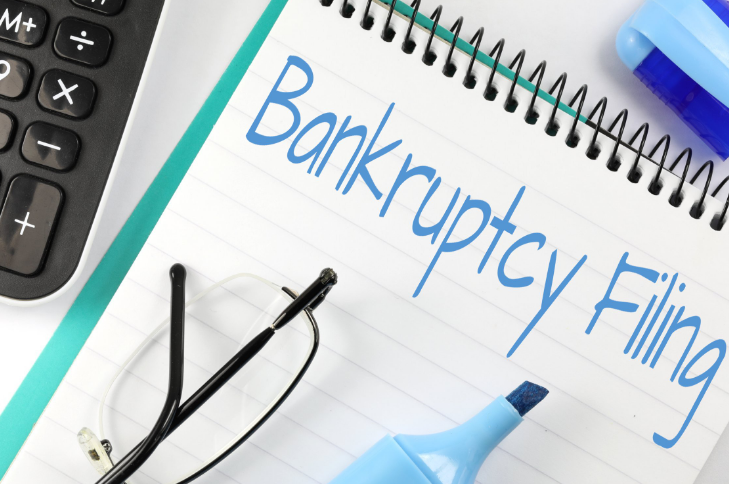In short, a bankrupt’s assets are how they can be realized. Visit the bankruptcy law office Edmonds. The assets protected under bankruptcy laws include household items, tools of the trade, and vehicles. Up to a certain amount, these assets may be sold. The bankrupt’s interest in a house or car can be bought from his estate. Above this value, the house or car will vest in the trustee, who has the right to sell it and take possession.
Chapter 11
Unlike other forms of bankruptcy, which require the debtor to close their business, Chapter 11 allows a company to continue to operate. In a Chapter 11 case, a debtor files a petition with the court that outlines a plan to repay debts gradually over several years. The court will then activate the “automatic stay” to prevent creditors from seeking collection. The petition may include proposals to downsize the business or cut expenses. If these efforts prove unsuccessful, the company may choose to sell assets to pay creditors.
A debtor in possession of assets under Chapter 11 remains in control of the business until a plan of reorganization is confirmed, the case is dismissed, or the business is converted to chapter 7. A bankruptcy court may appoint a trustee to take over the company in the meantime. This type of bankruptcy also carries additional record-keeping responsibilities and legal obligations. The court may appoint a trustee to oversee the business’s assets and keep it running smoothly.
Chapter 12
A chapter twelve bankruptcy case starts with a petition filed in the county where an individual lives or has principal assets. The petition includes a schedule of assets and liabilities, current income and expenses, and a statement of financial affairs. Next, the bankruptcy court appoints an impartial trustee to administer the case. The trustee makes payments on the debtor’s behalf and serves as a disbursing agent. Finally, they must attend a meeting of creditors and answer all questions.
In the case of farmers, Chapter 12 provides tax advantages. Under Chapter 11, a debtor must pay taxes on capital gains from the sale of assets. However, Chapter 12 allows these capital gains to be treated as unsecured claims that may not need to be paid in full. In some cases, farmers may even be able to avoid paying the tax on these capital gains if they file a chapter 12 plan. Then, the chapter 12 plan may make it possible to keep their farms, which would otherwise be impossible.
Chapter 13
During a Chapter 13 case, the debtor must use all of their disposable income to pay back creditors. This may be difficult for unemployed individuals and those with irregular income. However, it can be a viable option for people dedicated to paying back their creditors. The court will then determine a three-year payment plan. After that, the debtor must begin making payments no later than 30 days after filing for bankruptcy. These payments are held by a trustee, who will return them to the creditors after a few months.
Debtors who have completed a chapter 13 plan can get a discharge from most of their debts. However, this discharge only applies to debts not discharged under chapter 13. For example, debts that were obtained by fraudulent or pretenses will not be removed. Similarly, debts acquired through willful or malicious actions are not dischargeable. To avoid having these types of debts discharged, creditors must file a step at a time before the end of the case.
Reorganization bankruptcy
Reorganization bankruptcy law in Brazil was first recognized during the first half of 2016. However, its effects were already felt by citizens and businesses. The government passed the law in June 2005. In 2016, Brazil saw 60,543 reorganization bankruptcy requests, 54% of which were filed by small and medium-sized businesses. Large companies filed only 17%. The changes to the bankruptcy laws have not slowed down the trend of companies seeking this type of bankruptcy.
When a company files for reorganization, the process is much like filing for chapter 7. For a corporation, a reorganization bankruptcy plan is required for approval. As the company tries to restore its business to profitability, it will need the support of its creditors. A bankruptcy plan can help it to do this. In addition, a reorganization plan may also help an individual. The turnaround process is designed to reverse the negative situations and return the company to its pre-crisis performance levels.
Liquidation bankruptcy
In the case of a business that fails to make payments on time, a liquidation bankruptcy may be necessary. Chapter 7 bankruptcy is a common type of liquidation. In this case, a company must sell its assets to pay creditors. Secured debts are given priority because they are secured against specific assets. The remaining assets are distributed among the unsecured creditors, such as bondholders and shareholders who own preferred stock.
In Canada and Australia, the courts must first receive a petition from a creditor before a liquidation can begin. Certain insolvency acts may trigger the liquidation process, including public manifestations of insolvency, conduct that endangers the ability to collect debts, and preferential treatment of creditors. Some jurisdictions have a hybrid system allowing liquidation without a creditor’s petition. In these countries, bankruptcy is declared when the company stops making payments or commits specific acts that signal insolvency. Other jurisdictions have a similar law allowing liquidation after certain specified actions.




Be First to Comment